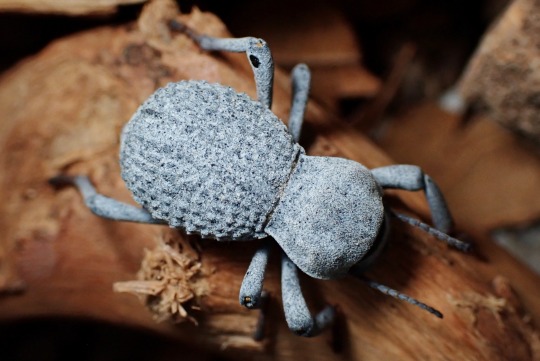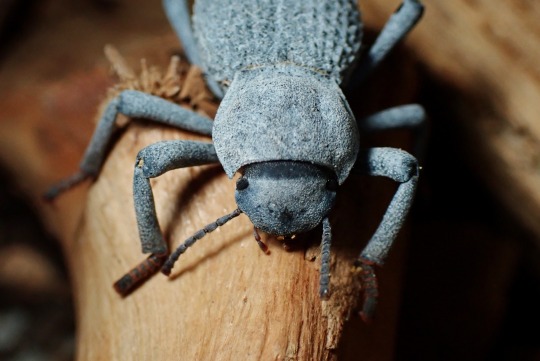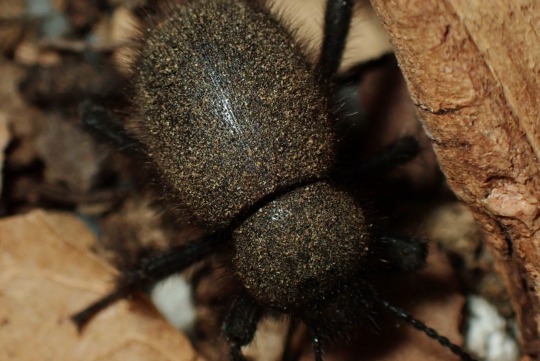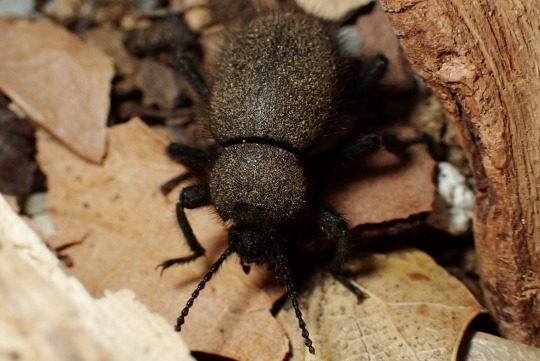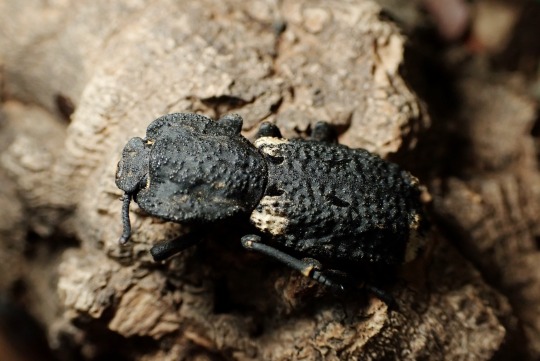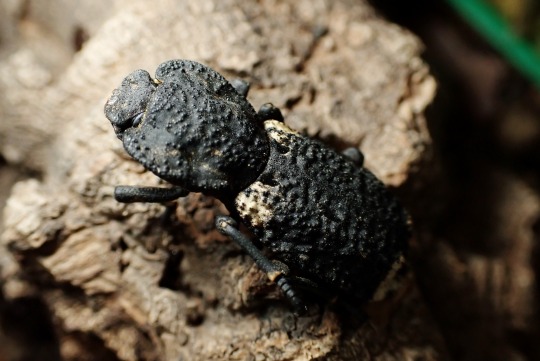#asbolus
Text
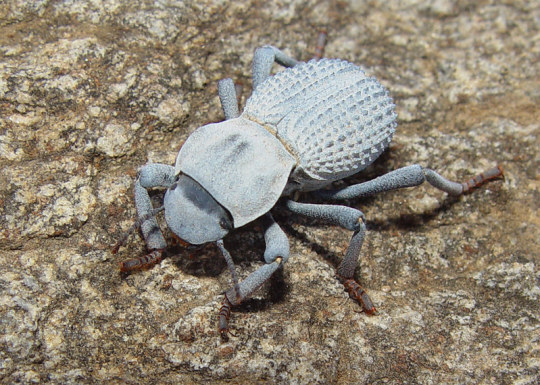
A blue death-feigning beetle, or desert ironclad beetle (Asbolus verrucosus) in California, USA
by Robyn Waayers
#i have 3 of these#they're the best#desert ironclad beetle#blue death feigning beetle#beetles#asbolus verrucosus#asbolus#Tenebrionidae#coleoptera#insecta#arthropoda#wildlife: california#wildlife: usa#wildlife: north america
323 notes
·
View notes
Photo


Thank you to @nicol--bolas for showing me their very cute smooth death feigning beetles and also letting those beetles know that I love them :’)
241 notes
·
View notes
Text
masterlist of greek myths & legends (part 5: mortals)
last updated: january 23rd, 2024
the blog's masterlist
masterlist of greek myths & legends
paid astrology reading options, prices, and rules

achilles (588)
aci (6522)
actor (12238)
agamemnon (911)
ajax (1404)
alcinoos (11428)
anchises (1173)
androgeos (5027)
arachne (407)
arete (197)
ariadne (43)
atalanta (36)
augeias (13184)
bellerophon (1808)
cadmus (7092)
cteatus (7641)
daedalus (1864)
danae (61)
deiphobus (1867)
diomedes (1437)
ganymed (1036)
hektor (624)
helena (101)
question about helena in 8h and aspecting mercury and pluto
icarus (1566)
io (85)
ixion (28978)
jason (6063)
kassandra (114)
laertes (11252)
lameia (248)
lysistrata (897)
medea (212)
midas (1981)
minos (6239)
narcissus (37117)
question about narcissus in leo/taurus and narcissus-asc aspects
question about sun-, venus-, and uranus- negative aspects to narcissus
nausikaa (192)
niobe (71)
odysseus (1143) / ulysses (5254)
orpheus (3361)
pandora (55)
paris (3317)
pythia (432)
sappho (80)
signs, degrees, houses, and aspects (coming soon)
question about mercury-sappho aspects
question about sappho in taurus/aquarius, 6h, negative mars-, and positive jupiter- and saturn- aspects
sisyphus (1866)
question about sisyphus in leo/cancer
tantalus (2102)
telemachus (15913)
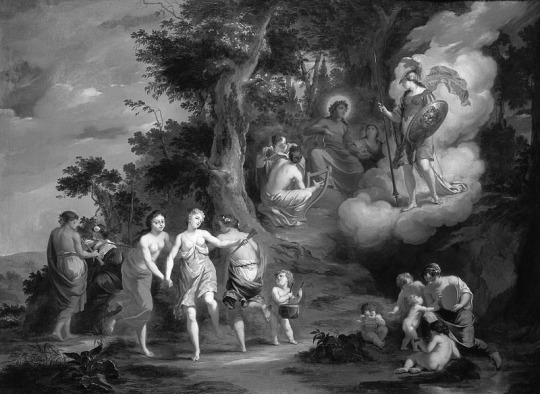
like what you read? leave a tip and state what post it is for! please use my “suggest a post topic” button if you want to see a specific post or mythical asteroid next!
copyright terms
#astrology#astro chart#astro community#asteroid astrology#astro placements#asteroid#natal chart#persona chart#greek mythology#asbolus#asteroid8405#achilles#asteroid588#aci#asteroid6522#agamemnon#asteroid911#ajax#asteroid1404#amalthea#asteroid113#ambrosia#asteroid193#arachne#asteroid407#cerberus#asteroid1865#chariklo#asteroid10199#chiron
289 notes
·
View notes
Text
The Centaurs, early harbingers of the new planets
Richard Brown 2019
In their day during the late 20th Century, the Centaur planetary bodies were the cutting edge of astrology. Located in elliptical orbits between Saturn and Uranus for the most part, these small icy planetoids were the enigmatic precursors to what later became the flood of new planet discoveries in the early 21st Century.
From the late 1970s to the end of the century, dozens and dozens of small new minor planetary bodies were discovered as observational technology grew more sophisticated. Many of these newly-discovered bodies are little more than over-grown snowballs of little interest to anyone but astronomers building a curriculum vitae.
But the Centaur bodies caught the eye of astrologers and rapidly became the cutting edge of what was then the latest astrological thinking.
The first of these small planetary bodies, Chiron, named after the head Centaur in Greek mythology, was discovered in 1977 and caused an immediate stir. Astronomers still debate its nature. It has a small tail like a comet, but rotation like an asteroid. Up until 1977 rotation and tails were supposed to be mutually exclusive characteristics. Astronomers are still debating the seeming contradiction.
Careful scrutiny of photographic plates from the late 19th Century revealed that this comet/asteroid had been photographed but unrecognized more than 100 years ago.
Sophisticated computer calculations of Chiron's highly elliptical orbit indicate that it would have had a close encounter with Saturn in the mid 8th Century CE, which prevents any accurate calculation of its orbit prior to that time. Today the planetoid, some 120-150 km in diameter, rotates around the Sun in a 49-51 year orbit which crosses the orbits of both Saturn and Uranus.
A small cottage industry sprang up amongst astrologers right after Chiron's discovery trying to understand the astrological significance of Chiron. The traditional teaching in astrology is that when a new planetary body is discovered, its archetype then becomes available to everyone in the world. The discovery of Chiron resulted in books, seminars, lectures, and discussions washing through the astrological community.
By the early 1990s astrologers had begun to understand some of Chiron's significance, and the better astrological software began to include Chiron for natal charts and transits. Chiron appears to rule wounding, healing, great quests in life, and even access to the higher metaphysical dimensions.
In ancient Greek mythology Chiron, half man and half horse, was also the only Centaur who was one of the gods, an immortal. So an archetype of being half animal, half human, and fully divine begins to emerge. Chiron's orbit, bridging Saturn (the known) and Uranus (the unseen transpersonal), suggesting Chiron as a bridge between the material and spiritual worlds.
Just as that was soaking in, Pholus was discovered in 1992. Named after another Centaur, Pholus was of a similar size as Chiron and had a similar elliptical orbit. By this point, astrologers were dusting off their long-forgotten books of Greek mythology. Good thing, too, because by the end of the decade more than 16 Centaur bodies had been discovered in the same neighbourhood as Chiron, all with elliptical orbits, and there may very likely be more discovered as astronomers warm up to the discovery challenge.
Greek mythology records several hundred Centaurs, so names will not be problematic for new discoveries. The Centaurs, minor figures at best in Greek mythology, are best remembered for drunkenness, rape, and pillage of the countryside.
But a handful were good guys, like Chiron, Pholus, and Asbolus (another newly discovered Centaur planetoid). The story of Pholus is the story of self-sacrifice for a greater good, and Asbolus was known as a great seer and counsellor. The Centaur, Nessus, the third Centaur planetoid discovered, was more typical of the Centaurs and was best known for lying and betrayal.
Yet the naming of the Centaur planetoids got a little more complicated at the recent turn of the millennium when one of them was named Chariklo, who was not a Centaur at all but was the woman who was Chiron's wife. And there's still many more discovered which are to be named.
The final understanding of this new dimension in astrology is not and certainly cannot be in yet. As new planets beyond the orbit of Pluto are discovered the meaning of the Centaurs will change.
There will be other changes in our understanding as other new planets are discovered. But the Centaurs will always remain as the early harbingers of bigger changes which later entered the world of astrology.
© Copyright 1999 - 2019 by Richard Brown https://web.archive.org/web/20120701201021/http://astrology.richardbrown.com/sitemap.shtml
1 note
·
View note
Text
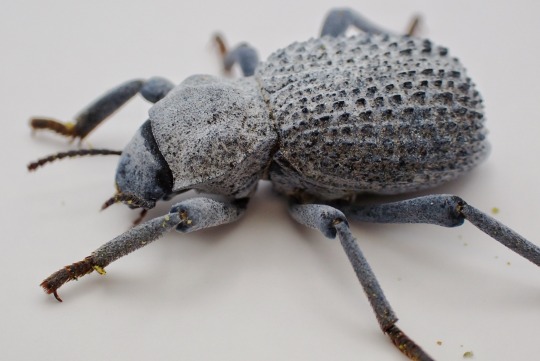
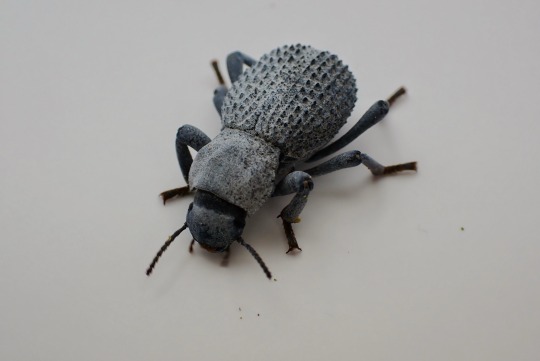
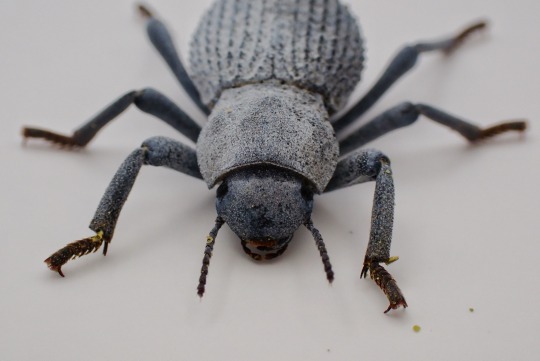

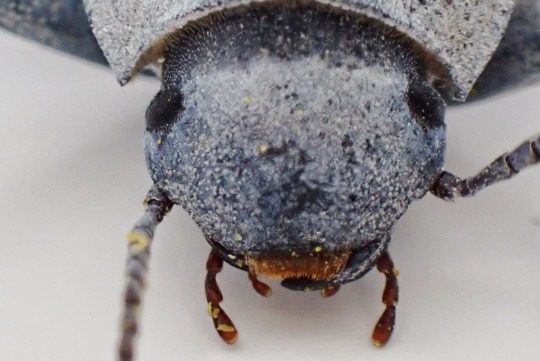




Asbolus! I honestly think I prefer taking pictures in their tank than putting them in the light box tho.
#invertebrates#invertiblr#inverts#invert#bugblr#beetle#beetles#asbolus verrucosus#asbolus laevis#smooth black death feigning beetle#blue death feigning beetle
185 notes
·
View notes
Text
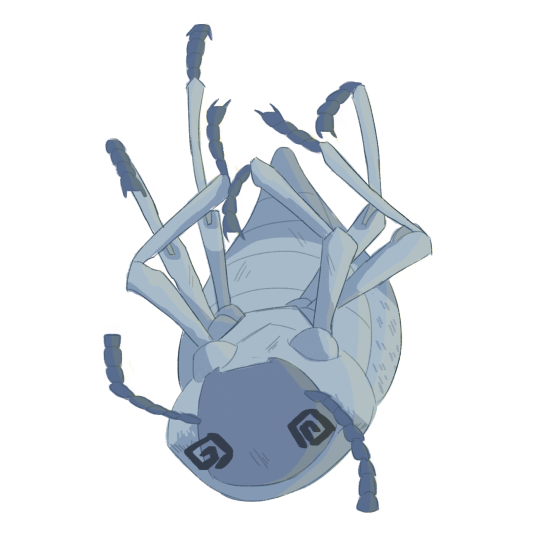
gonna hand this out as a sticker at a con
#is anyone even gonna want this tho#blue death feigning beetle#asbolus verrucosus#bugblr#entomology#insects#bugs#my art
177 notes
·
View notes
Text
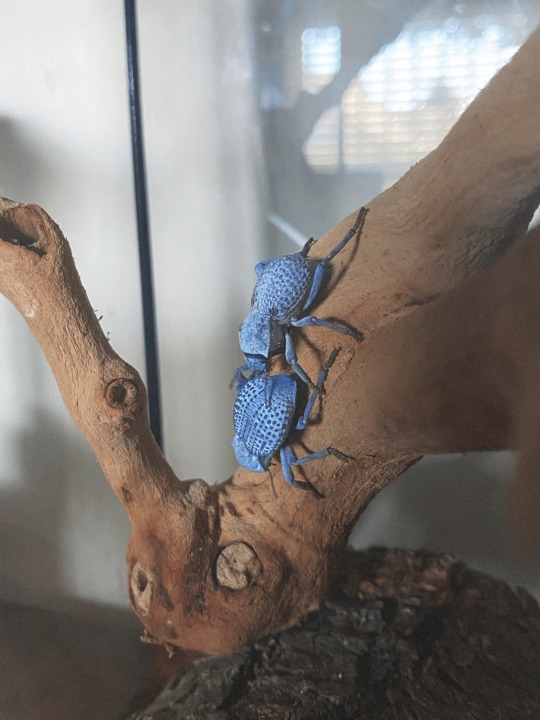
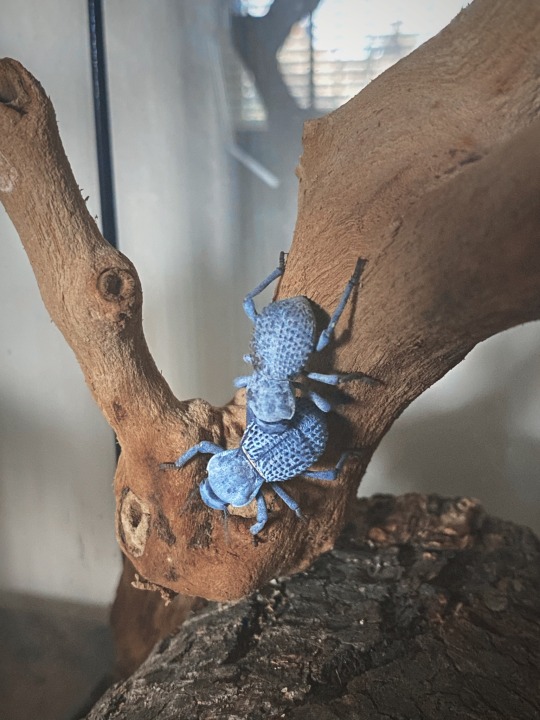
Blueberries 🫐💙
#insects#entomology#bugs#insect#bug#nature#beetle#coleoptera#beetles#beaus bug biome#beaus bugs#blue death feigning beetle#asbolus verrucosus#bdfb
495 notes
·
View notes
Text




Was surprised to see these guys a week ago at Petco! Decided to go back today to get them ❤️ they're very cute and would prefer to crawl on my hands than their enclosure lol
#pooka speaks#pet tag#blue death feigning beetle#asbolus verrucosus#i plan on adding a few more eventually#but we will see how these 3 do ❤️
3 notes
·
View notes
Text

A kreature greets you on your travels
#cw bugs#cw insects#beetle#blue death feigning beetle#Tweedle Dee#Asbolus verrucosus#arthropods#invertebrates#bugblr
2 notes
·
View notes
Text

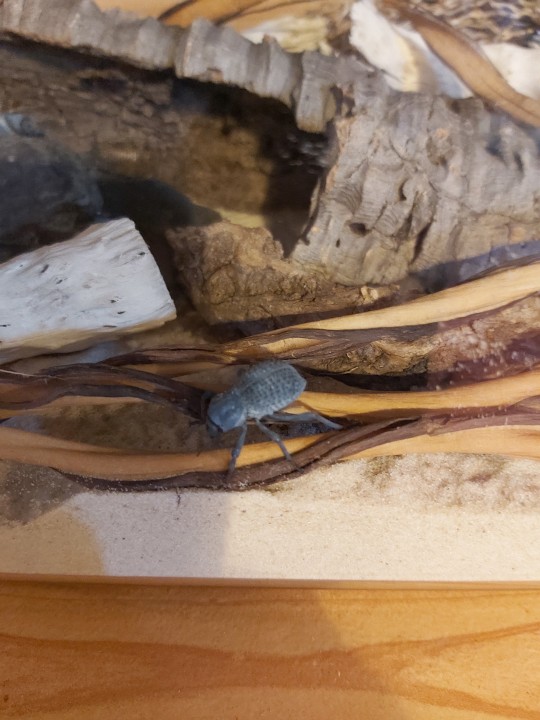

My three little men have arrived! Tiny blue feigning death beetles! They’ve spent their time scurrying around in their new enclosure, they’re so cute!
#blue death feigning beetle#blue death feigning beetles#cw insects#cw bugs#cw beetles#asbolus verrucosus#so cute
4 notes
·
View notes
Note
How do you breed bugs? Do they just go at it as soon as they’re capable of reproducing? Are they ever picky? Do you just open their container one day and suddenly find eggs you didn’t expect? I think about this every time breeding is mentioned, I’m curious on how it’s intentionally done.
vastly different for every animal, but I’ll try to condense it here; also I mainly have experience with the taxa I talk about below and don’t really know much about breeding scarab beetles, butterflies, shrimp & crabs etc.
the most basic stuff is things like isopods, some millipedes, and many cockroaches, which are kept in colonies and can breed freely—as you said most do so as soon as they can (I’ve seen pregnant isopods 1/4th of their maximum adult size). many cockroaches and all isopods are live-bearing, though, so there frequently aren’t visible eggs involved!
certain species of the above taxa need special care to trigger breeding or hatching: a cooling/drying/heating/moistening period of eggs or adults to mimic the seasons in nature. many desert or temperate species need this sort of climate control. in some cases these requirements are so strict that the species will not breed in culture—Orthoporus ornatus is a SW US species that has never been reliably bred; Asbolus death feigning beetles from the same area are usually collected as adults and kept on sand but larvae cannot successfully develop without richer organic material and humidity control, so sadly most people do not breed them even though it’s just a little more effort.
for solitary, cannibalistic predators like mantises, spiders, and centipedes that must be kept alone, one is usually introduced to the other under human supervision to make sure they’ll get along. feeding the hungrier sex (often females) may make them less prone to eating their mates; many mantises are best paired while the female is already occupied with food. tarantula egg sacs are often pulled from the mother and incubated artificially; spiders aren’t my thing and I don’t know fully why this is done (easier to catch and monitor health than 60 baby fuzzies down a deep burrow, I guess). scolopendromorph centipedes are dedicated mothers but will eat their own eggs if disturbed, so you’ve got to keep them dark and totally quiet with no food for several months until the kids are mobile.
sexing certain taxa is difficult too—in tarantulas and mantises sexual dimorphism can be extreme, whereas in most centipedes sexes are identical to the human eye and must be anesthetized and manually probed to tell.
some scorpions (all scorps are livebearing too) and some cockroaches, for example, are parthenogenetic, which means females just clone themselves and need no partner, which is a reproductive strategy that lends itself to colony keeping. certain stick insects and mantises can be facultative parthenogens that can pop out viable kids if they haven’t mated, but apparently these aren’t always the healthiest and pairing is best when possible.
120 notes
·
View notes
Text
masterlist of greek myths & legends (part 4: mythical beings)
last updated: january 25th, 2024
the blog’s masterlist
masterlist of greek myths & legends
paid astrology reading options, prices, and rules

alekto (465)
amalthea (113)
ambrosia (193)
amphitrite (29)
asbolus (8405)
question about 1h asbolus and asc-asbolus aspects
question about asc-asbolus aspects from the 12h
cerberus (1865)
chariklo (10199)
charybdis (388)
chiron (2060)
question about 10h chiron and mc-chiron aspects
chloris (410)
circe (34)
signs, degrees, houses, and aspects
cyane (403)
cyllarus (52975)
echo (60)
question about echo in taurus and 12h
eucharis (181)
klytia (73)
medusa (149)
signs, degrees, houses, and aspects
megaira (464)
nessus (7066)
signs, degrees, houses, and aspects (coming soon)
thread on nessus - your synastry doesn't automatically mean assault or rape or MURDER
question about nessus-dejanira aspects
question about nessus-sun and nessus-mc aspects - a nessus retrograde??
question about nessus synastry: my thoughts on someone's nessus in your 1h, nessus-dejanira aspects, and nessus-heracles aspects
pholus (5145)
scylla (155)
sirene (1009)
signs, degrees, houses, and aspects (coming soon)
question about 3h sirene and negative sun-, moon-, asc-, and mc-sirene aspects
question about sirene in virgo and the 10h
talos (5786)
tisiphone (466)

like what you read? leave a tip and state what post it is for! please use my “suggest a post topic” button if you want to see a specific post or mythical asteroid next!
copyright terms
#astrology#astro community#astro placements#astro chart#asteroid astrology#asteroid#natal chart#persona chart#astrology tumblr#greek mythology#astrology chart#natal astrology#astrology readings#astro notes#astro observations#astroblr#astrology blog#alekto#amalthea#ambrosia#amphitrite#asbolus#cerberus#chariklo#charybdis#chiron#circe#chloris#cyllarus#echo
41 notes
·
View notes
Text
Arizona wildfire near Kitt Peak observatory
A brush fire that has been dubbed the Contreras Fire is burning near Kitt Peak National Observatory. The observatory was evacuated at 4:45 pm MST today. We’re grateful to the firefighters hard at work on the mountain. Safety remains our top priority.
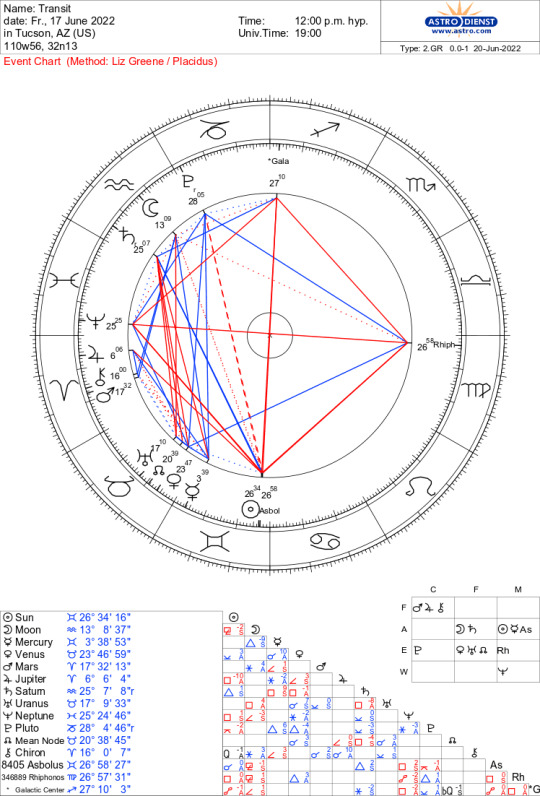
The wildfire that lightning ignited on June 11 has prompted evacuations in Indigenous-populated areas and on Friday 40 people were forced to flee the observatory, per the NYT. The observatory remains closed.

1 note
·
View note
Text
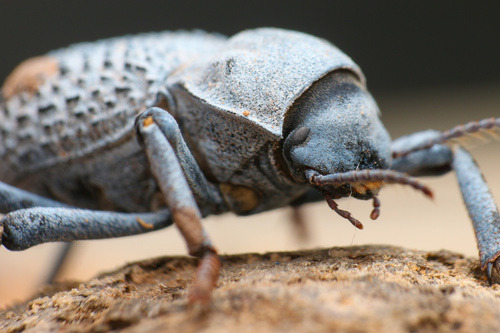
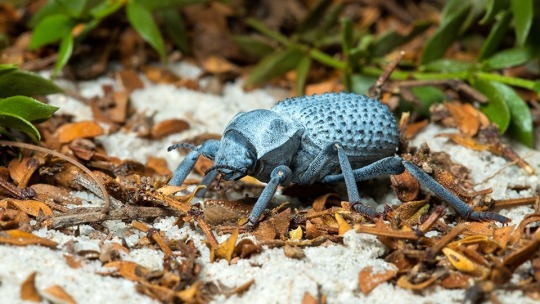
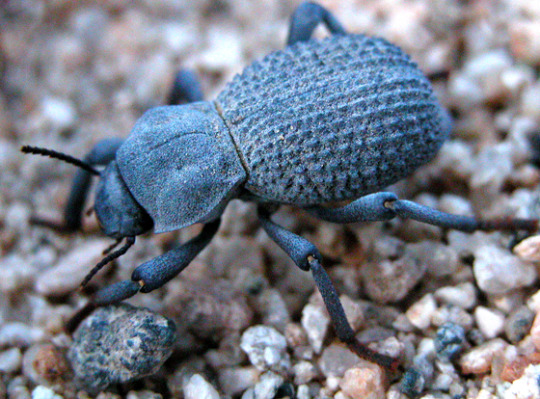
RIP: The Blue Death-Feigning Beetle
Also known as the desert ironclad beetle, the blue death-feigning beetle (Asbolus verrucosus) is a species of darkling beetle native to the Mojave and Sonoran deserts of the southwestern United States and Northern Mexico. Within this environment, the desert ironclad beetle can often be found near vegetation like sagebrush or palo verde trees, or hiding under fallen logs or rocks. However, it's not uncommon to spot it trundling along out in the open.
While the blue death-feigning beetle's coloring might make it stand out against the dull desert background, it actually serves a useful purpose. The color is a result of a heavy coating of wax that covers the beetle's body; this wax helps reduce evaporation and preserves precious moisture. It also helps that A. verrucosus is a small species, no more than 8–21 mm (0.71–0.83 in), and as they are most active at dawn and dusk they are easy to overlook. Males and females are virtually identical; the most reliable way to tell the difference is by the antennae, as males have long bristles on the underside while females don't.
Despite their small size-- or perhaps because of it-- desert ironclad beetles are a popular snack for many other desert dwellers, including lizards, snakes, birds, small rodents, and foxes. When threatened, blue death-feinging beetles live up to their name: they drop to the ground, roll onto their backs and play dead. This state can last anywhere from a few seconds to 45 minutes. Once the predator is gone, they are able to use their long legs to easily right themselves and continue with their business. Like most other darkling beetles, this species is an omnivorous scavenger, feeding on dead insects, fruits, lichen, and other plant matter.
The desert ironclad beetle can mate year round, given optimal conditions such as good rainfall and plenty to eat, but they're most active during the summer months. Once a male encounters a female, he courts her by 'tickling' her back with his antennae. If she is receptive, the two mate and then part ways. The female digs a burrow and lays a clutch of eggs in moist soil, where they take 2-3 weeks to hatch. Once larvae emerge, they immedietly begin to seek out organic matter to feed on. Over the next several weeks, they can grow from 2-3 mm (0.07-0.11 in) to 50 mm (2 in)! When they get big enough the larvae burrow into rotting wood and pupate for about a month before emerging as adults. Individuals can go on to live for up to 10 years in the wild.
Conservation status: The IUCN has not evaluated the blue death-feigning beetle, but it's believed that populations are currently stable. The species' primary threat is collection for the pet trade.
If you like what I do, consider leaving a tip or buying me a ko-fi!
Photos
Mason S. via iNaturalist
Bruce D. Taubert
Hartmut Wisch
#blue death-feigning beetle#desert ironclad beetle#Coleoptera#Tenebrionidae#darkling beetles#beetles#insects#arthropods#desert arthropods#north america#southern north america#central america#animal facts#biology#zoology
145 notes
·
View notes

